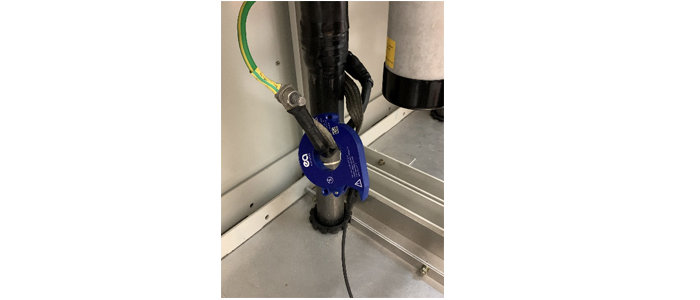- +61 7 3374 2877
- Email Us
Online Partial discharge testing of HV cables is a fundamental tool for understanding the condition of underground HV cables within a distribution network. However, people will often test and analyse single HV cables in isolation, without considering the configuration of the network as a whole. Through practical testing, EA Technology has shown that the ideal practice for online testing of HV cables is to map an entire feeder, not just testing individual cables.
As energy distribution networks age, it is desirable for network operators to obtain high quality condition data so they can make informed decision on the lifespan on their assets. For underground HV cables, an accurate and low-cost solution to obtain asset condition data is through online partial discharge testing. Depending on how the project of testing is completed, the data quality can vary. Due to this, understanding the limitations and outside influences of the testing methods is critical to ensure a successful test program.
Partial Discharge on Cables
Once a PD event has occurred through the electrical insulation of a cable, a set of radio frequency current pulses both equal in magnitude but opposite in polarity are seen on the line conductors and the earth conductor. On-line PD detection utilises this effect by measuring these pulses using High Frequency Current Transformers (HFCT’s) placed on the earth sheath of the cable.

These current pulses are analysed using two different methods, Phase Resolve Partial Discharge (PRPD) patterns and waveform analysis.
Examination of PRPD patterns is a common approach for all partial discharge analysis. The patterns show the relationship between the amplitude of the PD signals and the position on the sine wave that they are occurring. A PRPD pattern is used to determine the presence and type of partial discharge source but cannot alone determine its location on the HV cable.
Waveform analysis employs similar analysis methods as time domain reflectometry (TDR) testing. The partial discharge current pulses are known to reflect of high impedance points in the HV network, such as cable terminations. This results in the initial partial discharge pulse being reflected, enabling analysis to pinpoint the origin of these signals. An example of this is shown in Figure 2.
Testing in Practice
What EA Technology has found is that while the current pulses created from partial discharge sources reflect off high impedance points, on distribution networks a portion of the high frequency signals will also travel through the impedance point. In practice this means that a PD source located in the joint of a HV cable will send signals that will travel down the cable, through the termination e.g. at a ring main unit, and potentially further down other HV cables.
This phenomenon can cause confusion when analysing isolated cable data, as both the PRDP and waveform analysis can give indications that a partial discharge source is present on the cable being tested. When in reality these signals are being imported from a cable further down the feeder.